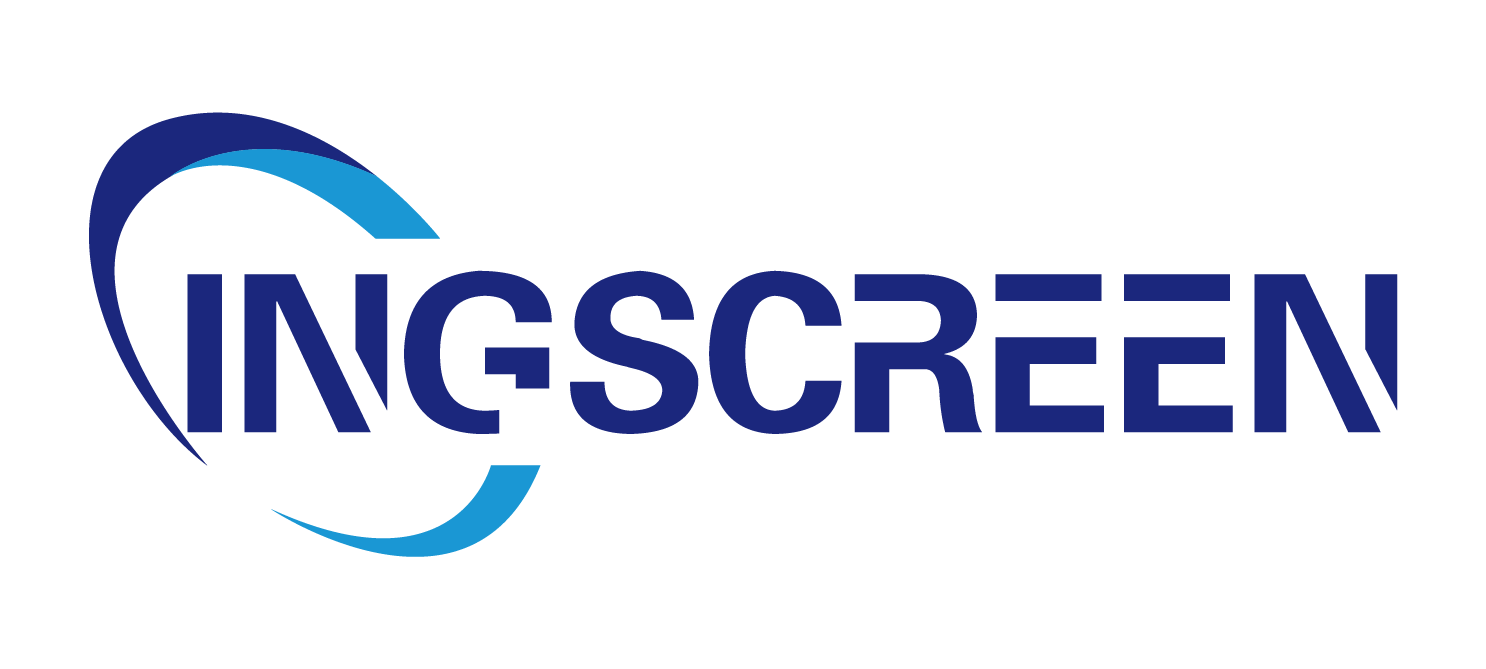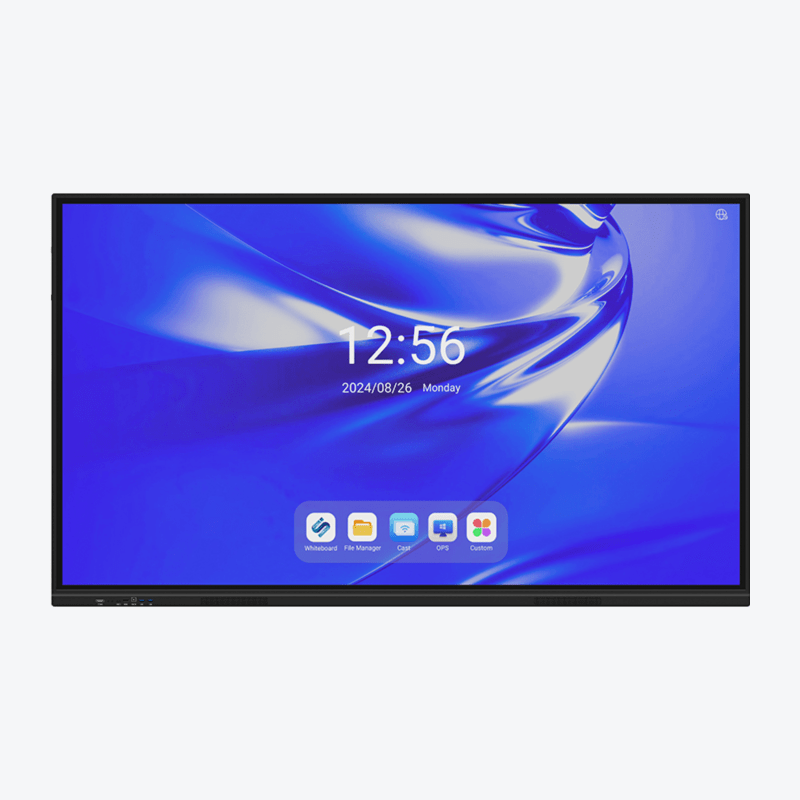Transforming Virtual Collaboration Through Digital Meeting Spaces
The landscape of work has undergone a dramatic transformation, with remote collaboration becoming the new standard for businesses worldwide. At the heart of this evolution lies the meeting board, a digital cornerstone that has revolutionized how distributed teams connect, communicate, and create together. This powerful tool has become indispensable for organizations striving to maintain productivity and team cohesion in an increasingly virtual workplace.
As companies embrace hybrid and remote work models, the meeting board serves as a central hub where teams can visualize ideas, track progress, and engage in real-time collaboration. It bridges the physical distance between team members, creating a shared virtual space that mimics the dynamic interaction of traditional in-person meetings. The impact of this digital solution extends far beyond simple video conferencing, offering a comprehensive platform for meaningful engagement and productive teamwork.
Core Benefits of Meeting Board Technology
Enhanced Visual Collaboration and Ideation
The meeting board transforms abstract concepts into tangible visual elements, allowing team members to better grasp complex ideas and contribute meaningfully to discussions. Through features like digital whiteboarding, teams can sketch out proposals, create mind maps, and iterate on designs in real-time. This visual approach to collaboration helps maintain engagement and ensures all participants can follow the conversation, regardless of their physical location.
Teams can leverage the meeting board's visual tools to break down silos and encourage creative problem-solving. Whether brainstorming new product features or mapping out project timelines, the ability to see and interact with shared content in real-time accelerates decision-making and improves overall team alignment.
Seamless Information Sharing and Documentation
One of the most powerful aspects of a meeting board is its capacity to serve as a central repository for project-related information. Teams can easily share documents, presentations, and resources during meetings, ensuring everyone has immediate access to relevant materials. This eliminates the common friction points of email attachments and version control issues that often plague remote collaboration.
The automatic documentation features of meeting boards create a valuable archive of discussions, decisions, and action items. Team members can revisit meeting content at any time, making it easier to track progress and maintain accountability. This persistent record of collaboration helps maintain project momentum and ensures no valuable insights are lost in the virtual environment.
Strategic Implementation of Meeting Board Solutions
Establishing Clear Protocols and Best Practices
To maximize the effectiveness of a meeting board, organizations must develop clear guidelines for its use. This includes establishing protocols for meeting preparation, participation, and follow-up. Teams should define roles and responsibilities, such as meeting facilitators and note-takers, to ensure smooth operation of virtual sessions.
Creating standardized templates and workflows within the meeting board helps maintain consistency across different teams and projects. These templates can include agenda frameworks, project tracking boards, and decision-making matrices that streamline the collaboration process and make it easier for new team members to integrate into existing workflows.
Integration with Existing Work Systems
The true power of a meeting board emerges when it's seamlessly integrated with other business tools and processes. Organizations should focus on connecting their meeting board solution with project management software, communication platforms, and document storage systems. This integration creates a unified digital workspace that reduces context switching and improves productivity.
By establishing clear integration points, teams can automate routine tasks and ensure information flows smoothly between different systems. This might include automatic task creation from meeting notes, calendar synchronization, or real-time updates to project tracking boards.

Measuring Success and Optimization
Key Performance Indicators for Virtual Collaboration
Organizations must establish metrics to evaluate the effectiveness of their meeting board implementation. These metrics might include meeting efficiency scores, participant engagement levels, and project completion rates. Regular assessment of these KPIs helps identify areas for improvement and validates the return on investment in meeting board technology.
Teams should also gather qualitative feedback from users about their experience with the meeting board. Understanding how different team members utilize the tool and what challenges they face can inform ongoing optimization efforts and training programs.
Continuous Improvement and Adaptation
The virtual collaboration landscape continues to evolve, and organizations must stay agile in their approach to meeting board utilization. This includes regularly reviewing and updating best practices, exploring new features and capabilities, and adapting processes based on team feedback and changing business needs.
Investment in ongoing training and support ensures teams can take full advantage of meeting board capabilities. Regular workshops, tutorials, and knowledge-sharing sessions help maintain high levels of tool proficiency and encourage innovative uses of the platform.
Future Trends in Virtual Collaboration
Artificial Intelligence and Advanced Analytics
The next generation of meeting board technology will likely incorporate AI-powered features that can automatically summarize discussions, identify action items, and provide insights into collaboration patterns. These advanced capabilities will help teams work more efficiently and extract more value from their virtual interactions.
Predictive analytics will enable organizations to optimize their meeting schedules, participant mix, and agenda structure based on historical data and success patterns. This data-driven approach to virtual collaboration will lead to more productive and engaging remote work experiences.
Immersive Collaboration Experiences
As virtual and augmented reality technologies mature, meeting boards will evolve to offer more immersive collaboration experiences. These developments will help bridge the gap between physical and virtual workspaces, creating more natural and engaging ways for remote teams to work together.
The integration of spatial computing and 3D visualization tools will transform how teams interact with shared content and each other in virtual spaces. This evolution will open new possibilities for creative collaboration and complex problem-solving in remote settings.
Frequently Asked Questions
How does a meeting board differ from traditional video conferencing?
A meeting board goes beyond simple video communication by providing a comprehensive collaboration platform that includes visual tools, document sharing, and persistent workspaces. While video conferencing focuses on face-to-face communication, meeting boards enable teams to actively work together on content and projects in real-time.
What security measures should be considered when implementing a meeting board?
Organizations should prioritize features such as end-to-end encryption, secure access controls, and compliance with data protection regulations. It's essential to implement strong authentication measures and establish clear policies for sharing and storing sensitive information within the meeting board environment.
How can organizations encourage team adoption of meeting board technology?
Success in implementing meeting board technology requires a combination of clear communication about benefits, comprehensive training programs, and visible support from leadership. Organizations should also identify and empower champions within teams who can demonstrate effective use cases and help others overcome initial hesitation.




